The standard of espresso is constantly changing-does your espresso meet the standard?
Professional coffee knowledge exchange more coffee bean information please follow the coffee workshop (Wechat official account cafe_style)
In such a dynamic and progressive industry as boutique coffee, the only constant is constant change.
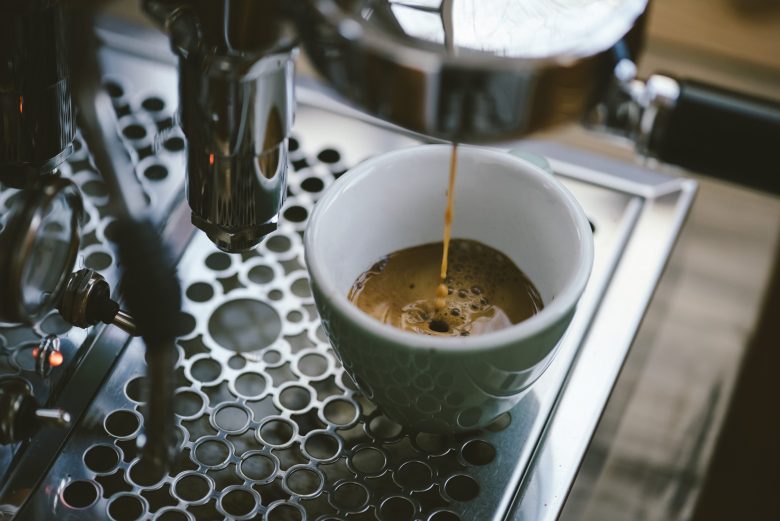
DAVID FASMAN studied the results of a 2017 survey of espresso conducted by the American baristas Association.
Baristas-the creative professionals behind the coffee bar-are constantly experimenting on coffee, looking for new ways to explore flavor, using taste and customer feedback to improve formulas and recipes. A steady stream of new espresso machines, bean grinders, brewers and other tools have changed the competitive environment and led to new ideas and methods. With the advent of new technology, baristas continue to improve the way they prepare coffee, making it possible to have higher precision, updated extraction methods and updated thinking processes. At the coffee industry level, these experiments may lead to extensive changes in coffee preparation practices and objective changes in espresso machines.
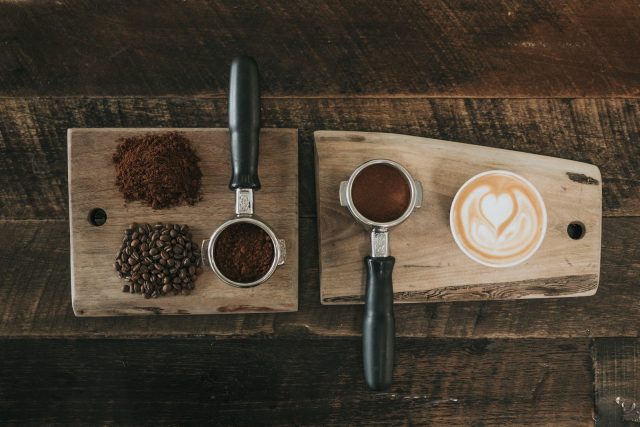
Aware of this change, in 2016, the American baristas Association (Barista Guild of America,BGA) began a survey of baristas around the world to document current practices in espresso preparation, with a view to truly understanding global coffee preparation. The study takes the first step in assessing cafe practices in the global boutique coffee community and will be key information for developing new best practices and standards for the boutique coffee industry. More specifically, we want to better understand the input dose, output weight, brewing ratio, extraction time, pressure, temperature, whether to use presoaking and the size of the powder bowl-these are important variables in the coffee preparation process.
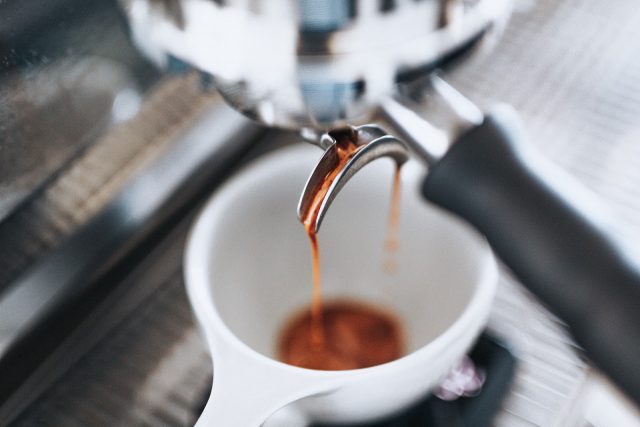
BGA and SCA Research staff conducted a survey of 26 questions, which was released in March 2017. A total of 275 respondents participated, providing a variety of different but representative results. More than 3/4 (76%) of the respondents came from the United States, with the highest international feedback from the United Kingdom, Singapore and Canada.
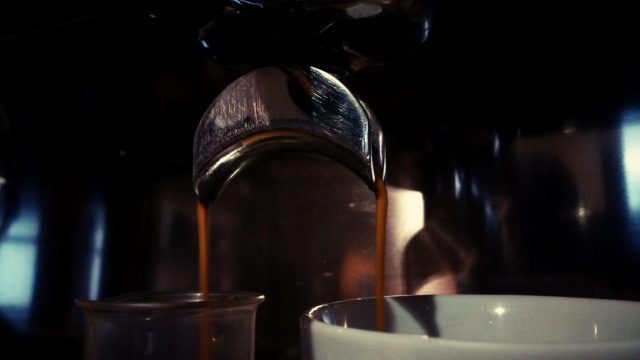
Before studying the survey results, we first need to have a reference framework. Here is the traditional American Fine Coffee Association (SCAA) definition of espresso:
"espresso is a 25-35ml (0.85-1.2oz) beverage made from 7-9g (14-18g in the case of double concentrate) coffee powder. It is extracted with clean water at 195 °- 205F (90.5-96.1 ℃) at 9-10 atmospheric pressure for 20-30 seconds depending on the size of the grind. When brewing, espresso should have the viscosity of warm honey, and the resulting beverage should have a strong dark golden coffee fat. Espresso should be specially prepared and delivered to the guest immediately. "
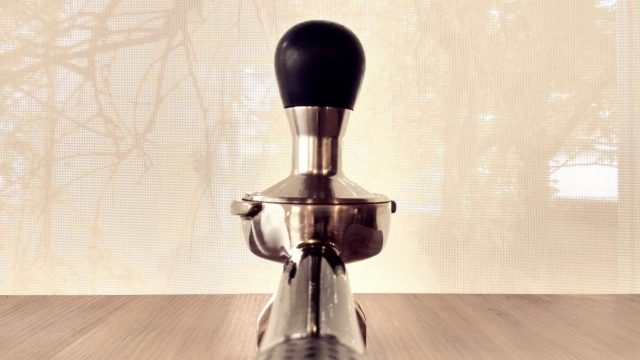
Does the espresso provided by our interviewees meet this standard of "espresso"? We are eager to know.
Conclusion
Let's start with a question about terminology. "do you make espresso single, double, or triple?"
Up to 93% of respondents said they made double espresso. Recently, when a barista training base in the United States was studying the results of the survey and discussing the term, there was some interesting conversation: some baristas pointed out that they no longer use single / double metering schemes. others said that one extraction is a cup regardless of capacity or weight. From a consumer's point of view, if the barista handed you a small cup of espresso, would you consider whether it was single, double, triple, or just a cup?
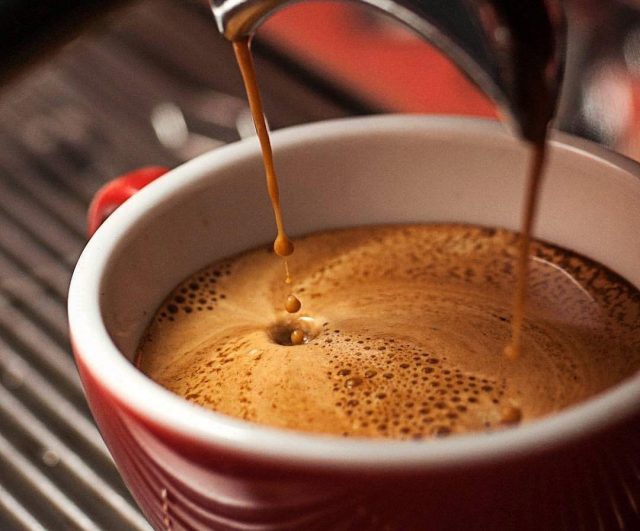
Then we came to the technical part: the next few questions focused on the amount of coffee powder used to extract espresso; respondents were asked to provide the lowest, highest and average amount of powder they used. Most of the respondents said that the minimum amount of powder was 18 grams and the maximum amount of powder was 20 grams. This is consistent with the "average amount of powder": 66% of people report that the amount of powder they use is between 18 and 20 grams.
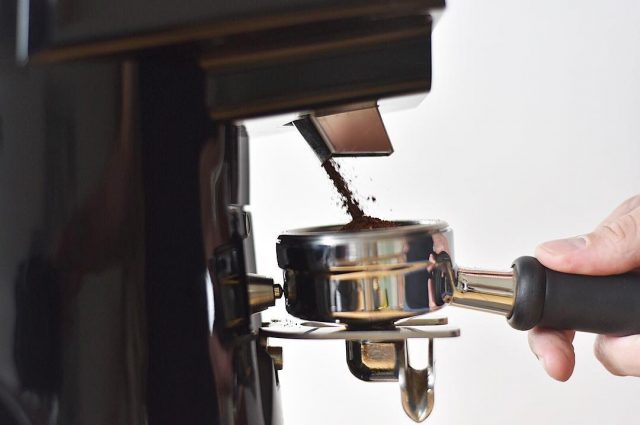
Now let's take a look at the extraction time. 51% of the respondents averaged between 25 and 30 seconds, well within the existing espresso standards. When asked about the longest and shortest "acceptable" extraction time, the results became a bit blurred. The options for the shortest acceptable extraction time are: 17, 18, 19, 20 and "other". Half of the respondents chose "other". Given that the average extraction time is between 25 and 30 seconds, we can reasonably assume that the "other" option refers to a longer time. On the other hand, the answer options for the longest extraction time are: 30pr 31pr 32pr 3pr 34 and "other". Most of the respondents answered "other" again, but we don't know whether "other" means longer or shorter time.
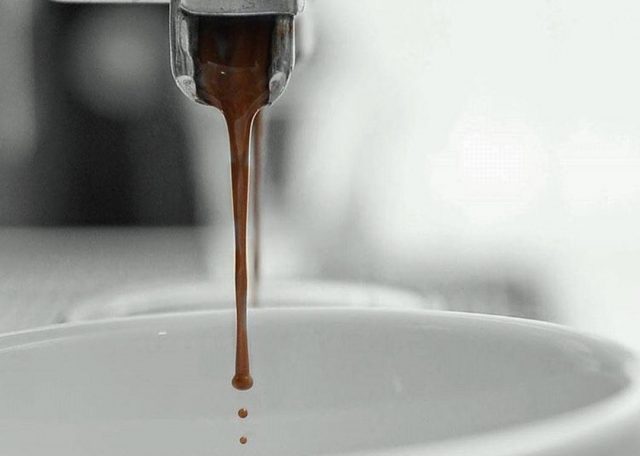
To investigate how the coffee community measures the amount of espresso, respondents had three choices: weight, ounces or milliliters. An overwhelming 82% of respondents used weight to measure espresso. By weight, the average amount of espresso is 36.5 grams. In terms of capacity, the average amount of espresso is 1.8 ounces or 74.2 milliliters. The next is the ratio: how many grams of coffee can be made per gram of espresso powder? The average answer is 1:2. For example, you can get 40 grams of coffee using 20 grams of coffee powder. All the answers are in the range of 1.5 to 2.5.
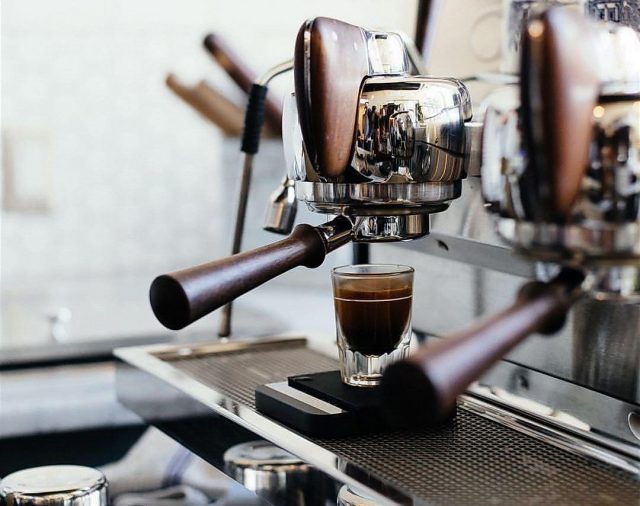
We also discussed the pressure of extracting espresso. The average pressure of extracting coffee is 8.5 bar, and the highest answer is 9 bar. About 52% of respondents said they used pre-immersion, and several comments mentioned the issue of stress curve. The survey found that the stress curve is a tool often used by baristas-future surveys on the subject could solve more specific questions about how people consider the variable stress in coffee preparation.
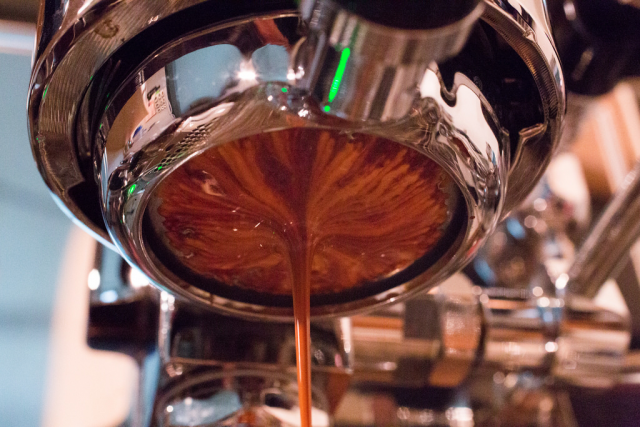
With regard to the temperature of the water used, most of the answers are in the classical temperature range of 195°-205F, with an average of 200.3 °F. We then asked the interviewees whether they would prepare espresso in the form of short extraction (ristretto) or long extraction (lungo). Most people said no, but 1/4 of respondents said they would do so if they were asked. We also feel that it is important to ask whether Robusta coffee can be used in espresso. Almost all (96%) of the respondents said no, and some people opposed it strongly.
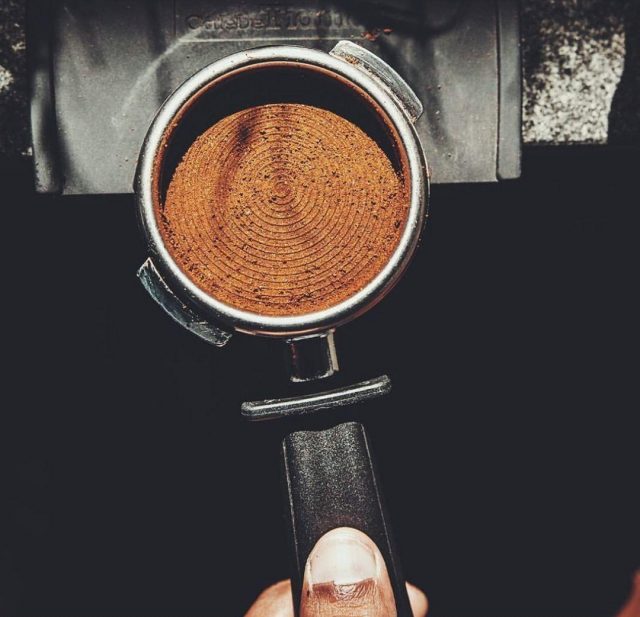
Respondents were asked what size powder bowl to use to make espresso, and most of them used an 18-gram powder bowl. For those who don't know the relationship between grams and size, they can choose single, double or triple, and people with more than 3/4 choose double. When asked how to preheat the cup, 86% of people chose to put the coffee cup on top of the coffee machine, while 32% preheated the coffee cup with hot water.
We asked participants what style handles they used: bottomless or bottomless, or both. The number of bottomless and bottomless is almost the same, about 38%, and the rest of the respondents said they used both.
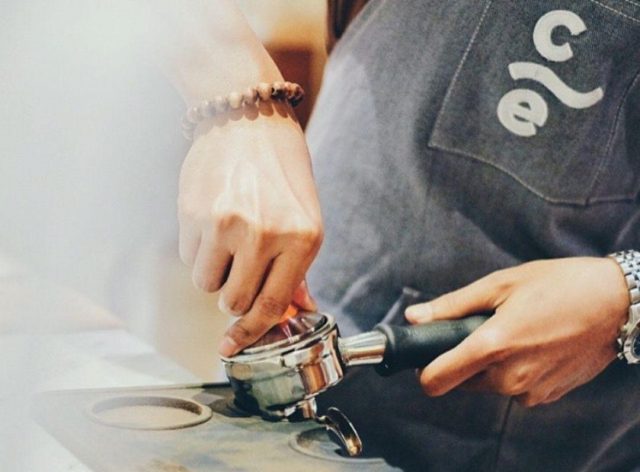
Most of the respondents used a 20-to 30-pound pink hammer. Interestingly, 22% of people chose "other" on the pink hammer issue. They said they had never measured the weight of the powder hammer, used a mechanical powder pressing device, or "until compacted".
What does all this mean?
Based on the results of this survey, we have come to some conclusions about how baristas make coffee, and we demonstrated our results at a barista training camp in Wisconsin in June 2017.
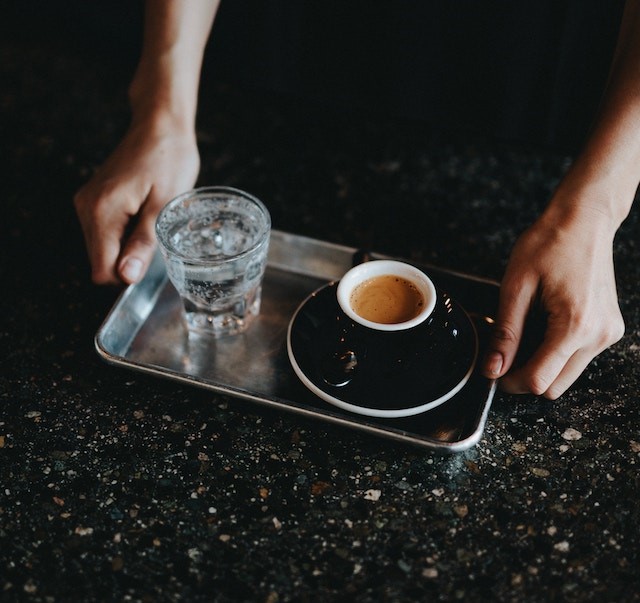
Our research shows that, on average, baristas extract espresso with an extraction ratio of 1:2 and use weight to measure coffee. An average cup of espresso uses 18-20 grams of coffee powder and 18 grams of powder bowls. at a pressure of 9 bar and a temperature of 200 °F, pre-soaking is used to extract coffee in 25-30 seconds, resulting in 36.5 grams of coffee.
Espresso is a constantly changing extraction product, and the frequent changes in the environment of boutique coffee have a profound impact on the way baristas understand and extract coffee. These data and future continuous investigations of espresso will help us understand the practice of espresso preparation around the world. Espresso will continue to change, and BGA (the European barista association in partnership with the now joint SCA) will follow suit.
DAVID FASMAN is the teaching director of Huckleberry Roasters. He is a SCA certified trainer and professional barista. David serves on the Executive Committee of the American baristas Association and is the current chairman of the committee.
Important Notice :
前街咖啡 FrontStreet Coffee has moved to new addredd:
FrontStreet Coffee Address: 315,Donghua East Road,GuangZhou
Tel:020 38364473
- Prev
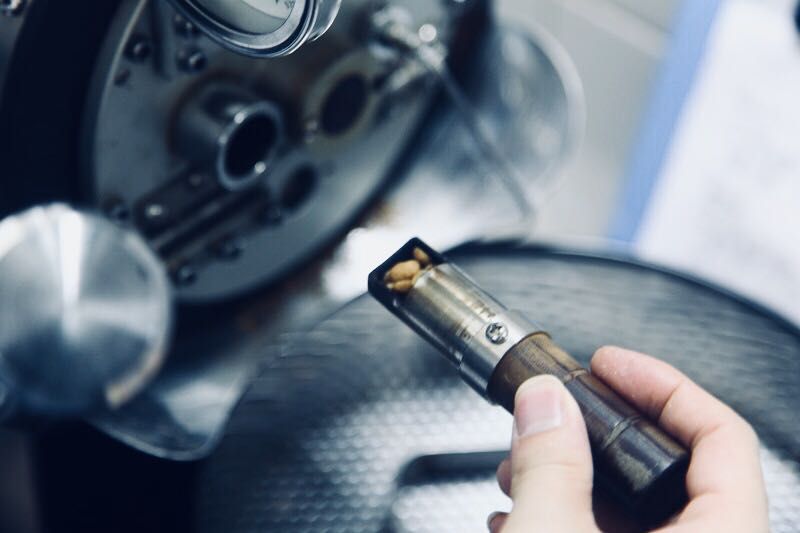
Professional coffee roasting | experience of washing rose summer roasting experience sharing Panama blue standard rose summer roasting
Professional coffee knowledge exchange more coffee bean information please follow the coffee workshop (Wechat official account cafe_style) Rose Summer, as the most outstanding variety of coffee, very popular with coffee lovers. Among them, the rose summer treated with water can best highlight the flavor characteristics of the rose summer itself. What makes Rose Summer special is that it has a very obvious and clear floral fragrance and citrus system.
- Next
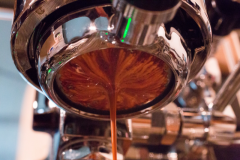
How to judge whether a cup of Espresso is good or bad! How to drink espresso coffee is standard and perfect.
Professional coffee knowledge exchange more coffee bean information please follow the coffee workshop (Wechat official account cafe_style) Espresso Coffee extraction detailed steps of the common sense Italian concentrate Coffee is a familiar representative of espresso (or fancy coffee), but can it really represent espresso? Does it mean that the more expensive the coffee, the better the quality? a good cup of espresso
Related
- Beginners will see the "Coffee pull flower" guide!
- What is the difference between ice blog purified milk and ordinary milk coffee?
- Why is the Philippines the largest producer of crops in Liberia?
- For coffee extraction, should the fine powder be retained?
- How does extracted espresso fill pressed powder? How much strength does it take to press the powder?
- How to make jasmine cold extract coffee? Is the jasmine + latte good?
- Will this little toy really make the coffee taste better? How does Lily Drip affect coffee extraction?
- Will the action of slapping the filter cup also affect coffee extraction?
- What's the difference between powder-to-water ratio and powder-to-liquid ratio?
- What is the Ethiopian local species? What does it have to do with Heirloom native species?

